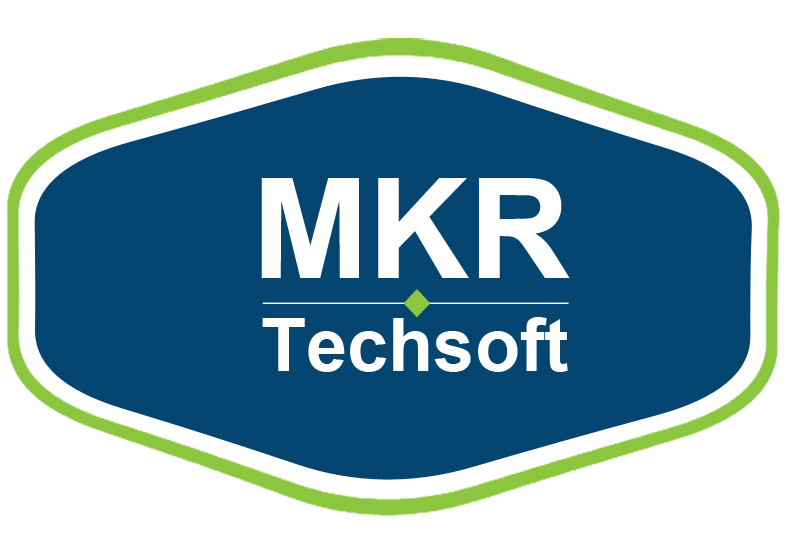Digital marketing has come a long way since the early days of blogging, email marketing, and social media. When marketers are executing digital campaigns today, they need to keep an eye on how well these campaigns are performing in a wide variety of metrics that matter most to their business. Basically, digital marketing metrics are the key to measuring the success of your digital marketing efforts and consequently, building successful digital marketing strategies that drive revenue growth.
Since, digital marketing makes it easier than ever to track and measure the effectiveness of your marketing campaigns, but with all that data it can be hard to know what’s really important and how you should prioritize your resources. In this guide we’ll cover the most important digital marketing metrics that matter most to businesses in 2022 and how you can use them to build a stronger business strategy this year.
Important digital marketing metrics that matter to your business in 2022 discuss below:
Improve ROI of brand investment of your business:
Digital marketing’s ROI is a calculation of your online marketing campaign’s profits and losses that help you measure the effectiveness of your strategies. Tracing your return on investment (ROI) is essential for success with any marketing initiative. Measuring ROI for your business ensures you identify what you are working on and what you want to change to improve your results. Digital marketing provides plenty of data that helps you to calculate your marketing ROI.

Run Successful PPC Campaigns:
Paid Per Click (PPC) helps to make your website profitable. The first step is about figuring out the right keywords that look the most relevant for your marketing campaign by using various keywords research tools. Then check your competitor research for better-performing ads. After that, plan your keyword, Ad ideas, and landing pages. Pay per click is that game where each detail helps make your ROI. Shortly, we can say that creating your PPC is fresh, easy to implement, fast and straightforward, and valuable for a range of ad channels.
PPL measures the cost-effectiveness of marketing campaigns:
Pay Per Lead digital marketing performance metrics measure how cost-effective your marketing campaigns are, especially when generating new leads. A lead expressed interest in your product or service by finishing your goal. The primary purpose of this metric is to give a total amount of money in figures to your marketing team so that they have an idea of how much money they can spend on acquiring new leads. This PPL digital marketing metric also provides essential data for your ROI marketing calculation. The ultimate aim is to minimize the cost per lead. A low price with the top quality volume of leads is a good indicator of your marketing campaign doing well.
Average order value (AOV):
Average order value is an e-commerce metric that calculates the amount you spend whenever a consumer book an order from your website or any application. Average order value is considered one of the most critical metrics in the e-commerce industry. Most importantly, average order value offers insights into consumer behavior. Its trends influence the company’s crucial decisions, including pricing and marketing. So that’s why the company must carefully check its AOV. You can increase your AOV by providing discounts and free shipping to your customers.

Cost Per Action (CPA) measures the amount of money put towards driving conversions:
CPA is the KPI metric for digital marketing that regulates the company’s cost for completing a particular action for the customers. KPI is used by the financial manager to measure the effectiveness of entity operations. CPA used to drive analyzing the campaign results helps the marketer understand which digital channel, vendor, or advertisement drives the most efficient performance. The conversion rate gives you a good idea of what has effectively converted your audience or clients as the CPA understands cost-efficiency.
Conversion rate by device:
As we know, people are starting to use their smartphones and tablets more and more to access the web. Using different devices such as smartphones and tablets, this conversion rate examines how effectively you convert your visitors into paying customers. When looking at your conversion rates, don’t look only at the volume of sales you drive but also the percentage of your repeat visitors, login, etc. These will identify which areas you should check out and which processes are over and underperforming.
Conversion rate by channel:
The conversion rate by different digital channels calculates by dividing the number of leads from a distinct marketing channel by the total number of visitors sent through that channel. Search engine marketing channel comes in the top conversion rate. When we see at conversion rates, Google comes in the first place. Conversions rate optimization is essential because it provides you with lesser acquisition costs by getting more value from the visitors and users.
Tracking digital marketing metrics and KPIs provides your digital marketing team a real-time view of your campaign performance. When you use a dashboard to check your digital marketing metrics analytics, you and your marketing team can make an easily data-driven decisions process that helps you in the overall growth of the business.

















